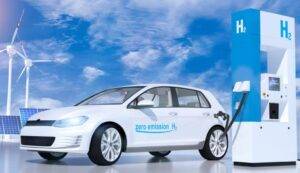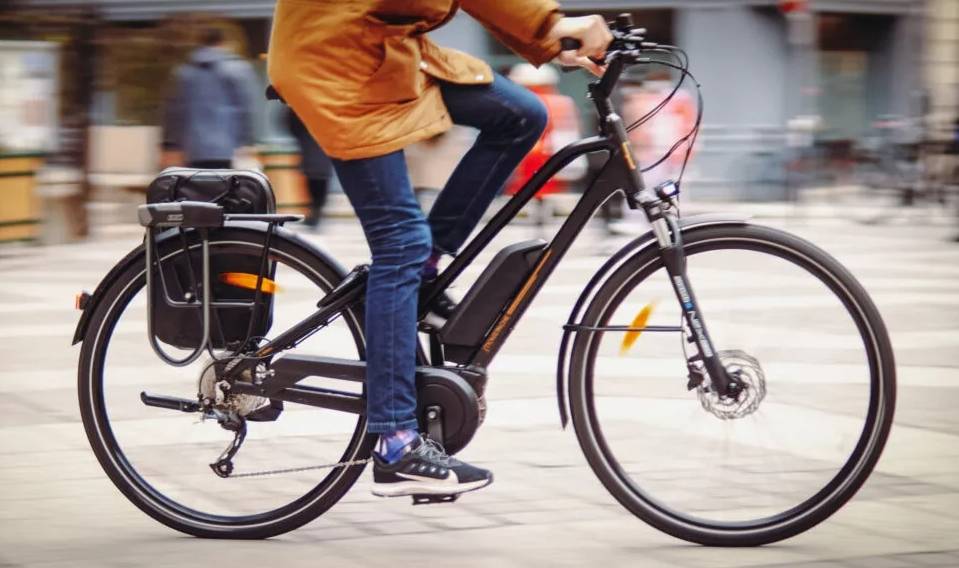
Everything you need to know about the motors of electrically assisted bicycles (EPAC)
Choosing the right motor for your electric bike is crucial to your riding experience and the bike’s power. In this article, we dive into the different types of motors and their benefits. We cover the front wheel motor, crank motor, and mid-mounted motor.
Find out the pros and cons of each motor, and understand why some are more expensive than others. Get all the information you need to make an informed decision on the best motor for your electric bike.
How does an electric bicycle motor work?
The three key components of an electric bike are the battery, motor, and steering console. The location of the motor on the e-bike (front wheel, rear wheel, or pedals) determines how it provides pedal assistance. Sensors, such as torque, rotation, power, or speed sensors, are used to measure and regulate the level of assistance needed, ensuring that the motor delivers the appropriate power.
Understanding the power of an e-bike engine
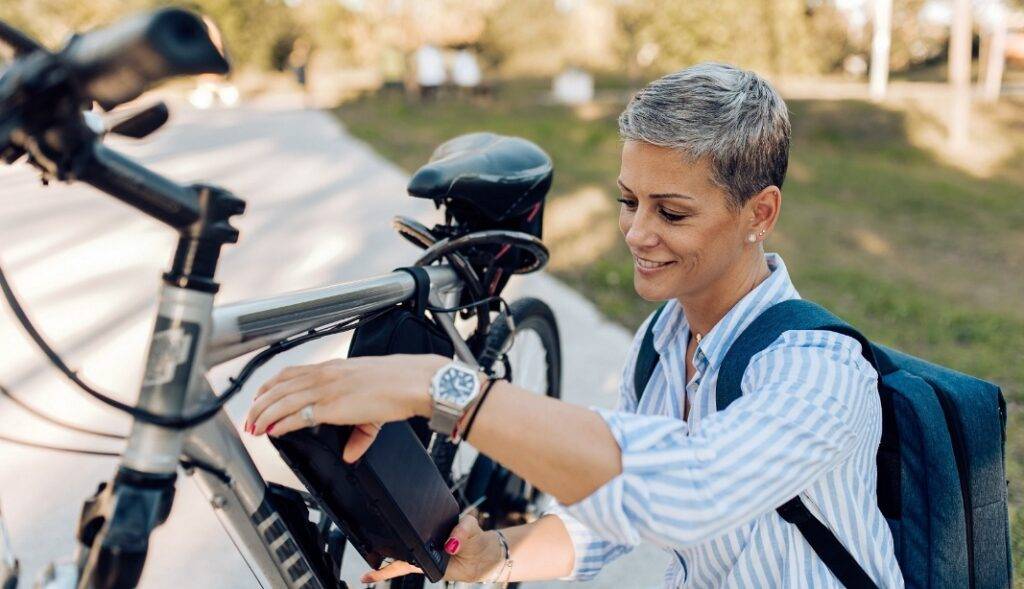
An e-bike uses a motor to provide assistance to the rider, but does not completely replace pedaling. The level of assistance provided by the motor is determined by sensors and stops when the bike reaches 25 km/h or when the rider stops pedaling. This is known as “assisted pedaling”. Bikes with a motor power of 250 Watts or more are considered speedbikes, which provide assistance up to 45 km/h. Bikes that can move forward without pedaling are called classic electric bikes and the term “electric bike” is often used to refer to this type of vehicle.
The term “torque” refers to the actual mechanical power of the motor, not its nominal power. It is expressed in Newton-meters (Nm) and shows the performance and responsiveness of the electric bike during a climb, when extra assistance is usually needed.
With an e-bike with a nominal power regulated at 250 Watts, the actual mechanical power, or torque, of the motor can vary. The torque is expressed in Newton-meters (Nm) and indicates the performance and responsiveness of the e-bike in difficult situations, such as climbing a hill. A higher torque means a better ability to tackle road challenges.
What are the different motors found on an electric bike?
The pedal motors
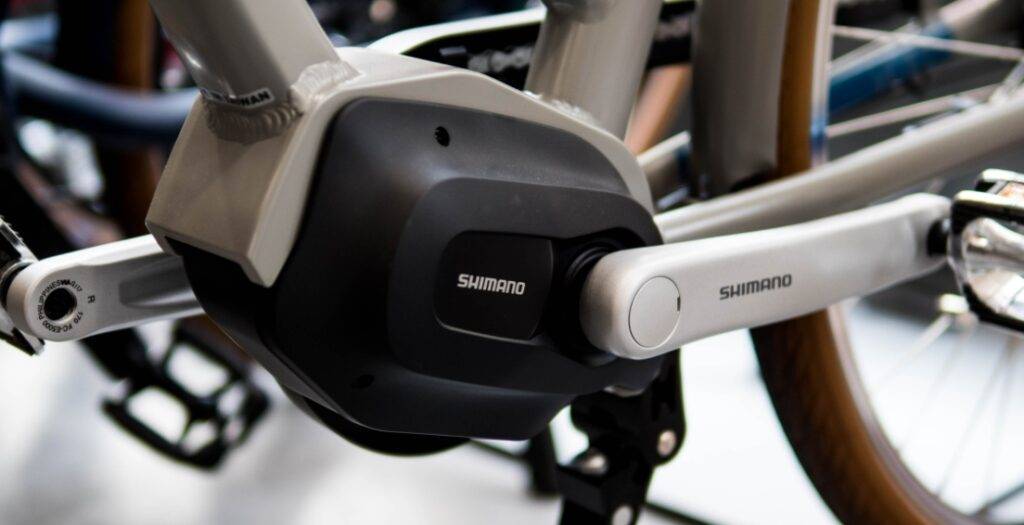
Unsurprisingly, mid-mounted motors are located near the bottom bracket axle. These motors are considered the most advanced and efficient currently available on the market, incorporating better technologies than in-wheel motors. This is why they are typically found on mid-range and high-end e-bikes, with prices ranging from €1,800 to €2,000 and up.
When it comes to the riding experience, the center-mounted motor provides a natural and smooth pedaling assistance that’s proportional to the rider’s pedal effort. This results in a similar pedaling sensation to that of a traditional bike. The placement of the engine in the center of the frame also contributes to better weight distribution and improved balance on the bike.
In conclusion: Motorization is highly recommended for those who will use their electric bike frequently, even on a daily basis, due to its reliability, comfort, and advanced technology.
The front wheel motor
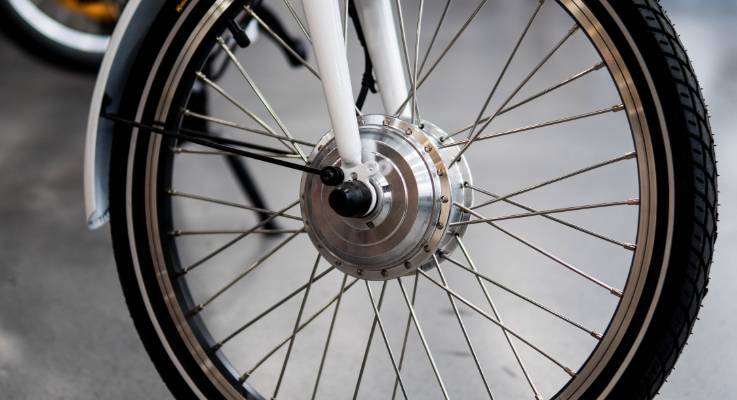
This motor is located at the center of the front wheel. It is the most commonly used engine on entry-level electric bikes which cost between €500 to €1,500.
This motor is positioned at the front wheel hub. It’s triggered by a sensor (rotation or pressure) located on the pedals, but it does not take into account the effort the cyclist puts into pedaling. This results in a less natural feel and can take some time to get used to. Additionally, it can affect stability, as it changes the center of gravity, unlike the bottom bracket motor which does not.
Finally, this type of motor has been criticized for lack of traction on certain surfaces, especially when it is wet.
In conclusion: The front wheel motor has received negative reviews and many leading brands have stopped using it for their electric bikes.
The rear wheel motor
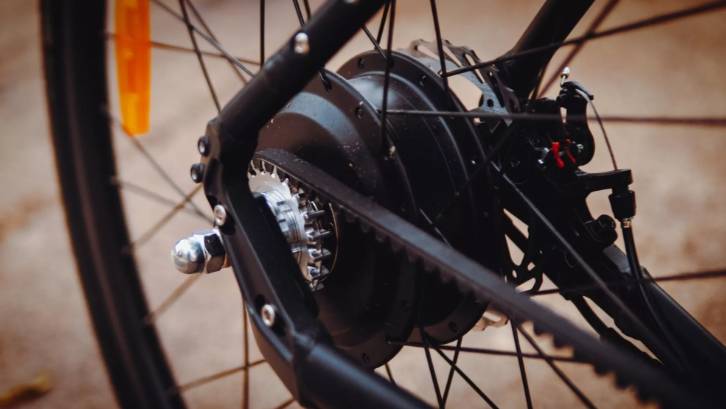
The rear wheel motor is located at the hub of the rear wheel on an electric bike, and is commonly found on mid-range and high-end e-bikes.
In terms of user experience, this motor is more responsive, which is why it is fitted to certain sporty road, mountain bike and gravel bikes.
The rear wheel motor gives the feeling of being propelled, making it devilishly effective for uphill climbs. Unlike its front wheel counterpart, the rear wheel motor offers a responsive user experience.
In case of a flat tire, replacing the inner tube can be more challenging because of the transmission, brake, and engine wiring.
In conclusion, the rear wheel motor’s positioning can negatively impact driving comfort and maneuverability, particularly if the engine is heavy.
What are the major EPAC motor brands on the market?
Bosch, the cador of the motorization of EPAC
It is THE market reference. The German equipment manufacturer Bosch offers a wide range of crank motors for all cycling disciplines, including:
- Bosch Active Line, Active Line Plus motors
- Bosch Performance Line, Line CX, Line Speed motors
- the Bosch Cargo Line motor for electric cargo bikes
- Like its competitors, the brand regularly updates its historical models (engine, software, features).
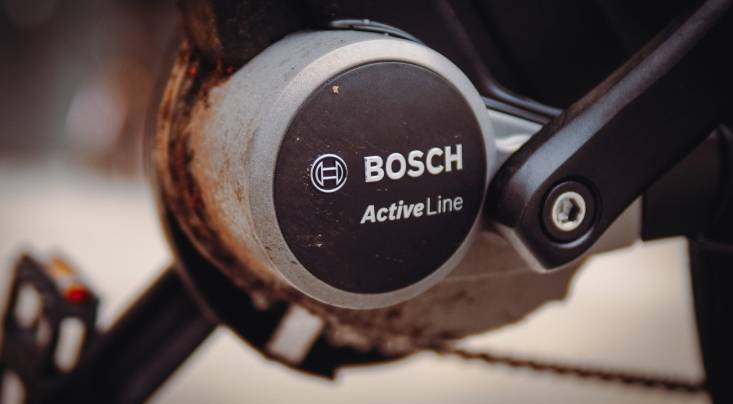
Yamaha, a safe bet
Yamaha has been in the electric bike business since 1993, offering the first electrically assisted bicycles with its PAS system. Over the years, the company has developed powerful and reliable engines, as well as innovative technologies for seamless assistance, such as the Triple Sensor System in the PWseries motors and the Quad Sensor System with its four sensors. Another reason to consider Yamaha is that it provides motors for renowned bike brands like Giant, Lapierre, Gitane, and Ghost.
Shimano, the historic giant
Shimano has created its own electric bike motor system called the Shimano Steps system. As a major player in the production of mechanical parts and equipment, Shimano offers several crank motors for electric bikes and electric mountain bikes, including the Shimano Step E5000, E6000, E6100, E7000, and E8000. The brand boasts several innovative features, such as intelligent walking assistance for steep trails and AUTO SHIFT for automatic gear shifting. Shimano also offers electronic transmissions paired with the engine, such as the Nexus system for urban use.
Other reference brands
This group of three does not have a monopoly on electric motorization. There are other well-known brands such as Panasonic, Bafang, Brose, Impulse, Mahle, Tranz’X. The sector is still growing in 2022, with new brands emerging regularly, as well as proprietary engines from companies like VanMoof, and collaborations like Specialized and Mahle.
How to choose the motor of your electric bike?
It is not possible to provide a definitive answer to this question. The best approach is to consider other questions that can help you make a decision and narrow down your options.
- What practice (mountain biking, city travel, trekking, commuting, road, transporting children)?
- What route profile (all flat, with elevation, coatings, duration)?
- How often (weekend, daily, occasional)?
- What budget?
- What level of comfort?
On this basis, you can already sort out the different models.
The best solution for choosing your EPAC is to ask a bike dealer and test several bikes and engines. This way you can find the model that speaks to your heart.
